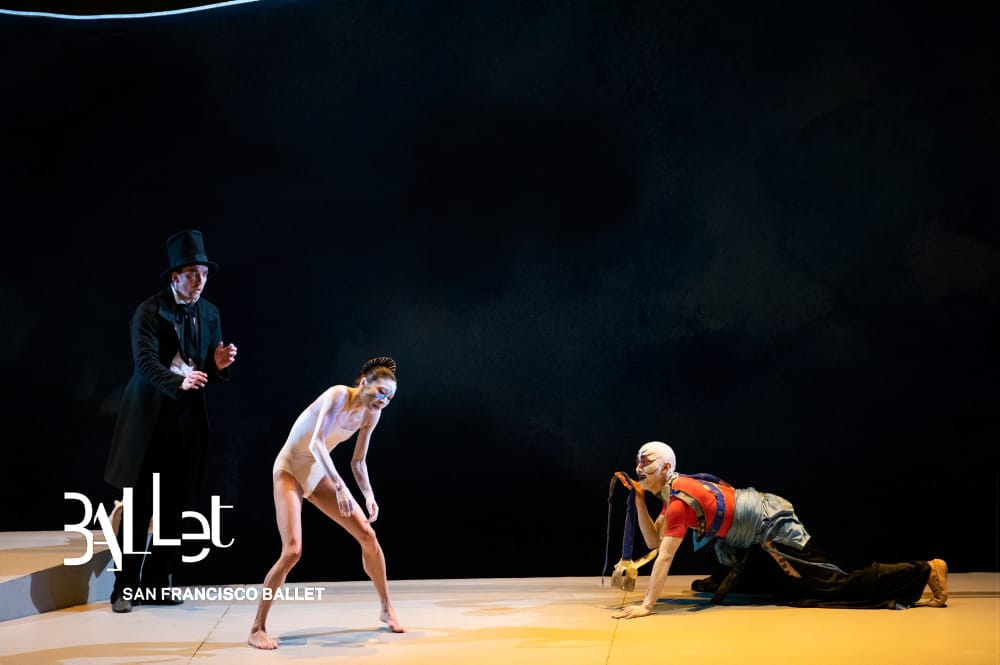Is Timing Everything?

“The Little Mermaid”
San Francisco Ballet
War Memorial Opera House
San Francisco, CA
April 19, 2019
Stunning performances, particularly by Yuan Yuan Tan who we cannot possibly hope to again approach the mastery she brought to the title role of John Neumeier’s “The Little Mermaid,” left many of us speechless with admiration. If anything Tan brought an even more spellbinding intensity to her character’s physical frailty and fierce spirit. You couldn’t take her eyes off her in a very long evening. Neumeier just about created his own Gesamtkunstwerk, adapting a libretto from Hans Christian Anderson’s exquisite story and effectively using the common trope of the relationship between the artist and his/her creation. A gifted designer, the choreographer also signed on for the detailed costumes, lighting and a set that at times recalled the sleekness of the 1930’s. He didn’t compose the music; Lea Auerbach’s score, though well performed, was pedestrian, but serviceable.
So why did the reprise of this “Mermaid” still look and feel so turgid even though the audience’s wildly enthusiastic reception belied that perspective? Problematic is that a movement vocabulary doesn’t carry the ballet’s emotional trajectory. But Neumeier's timing also was sluggish in the extreme. Why didn’t the story move better? Most of the choreography betrayed an ordinariness that suggested either a thin imagination or a lack of belief that in dance the body in motion has to carry the thrust of the work’s intent. Here dance told the story but it didn’t sufficiently amplify its resonance.
The choreography for the self-contained Chapel scene -- though it looked as if borrowed Ludwig Bemelman’s Madeline -- was very much the exception. It also introduced a note of much welcome comedy. If it hadn’t been for the superb performers, including Ulrik Birkkjaer who brought every ounce of his Royal Danish Ballet training to this feverishly intense Poet, a callow Prince (Aaron Robinson), a charming but equally clueless Princess (Sasha De Sola) and a splendid Sea Witch (Wei Wang), “Mermaid” would not have floated.
Except, that perhaps this viewer was also clueless. Neumeier had borrowed three “Magic Shadows” (Benjamin Freemantle, Steven Morse and Henry Sidford) from Bunraku; they helped the mermaid swim, swoop and float. White body paint distinguished her and the Sea Witch; their stylized facial make-up recalling Japanese masks. I have never seen a Kabuki performance with its extended sense of time passing. But what if Neumeier had attempted to defy Western sense of theatrical time and had looked East for his inspiration?
copyright by Rita Felciano 2019



